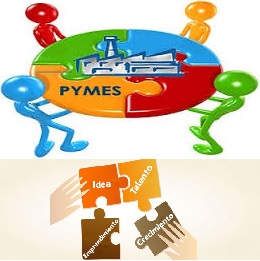Hay muchos mitos sobre el "Estado de bienestar" (Welfare), sobre todo porque se ha convertido en fuente de promesas electorales que en los países democráticos logran una notable acumulación de votos que suele ser decisiva en los comicios donde predomina la tendencia política identificada con el "socialismo". Estos mitos se fortalecen con argumentos religiosos que pretenden demostrar que la doctrina cristiana promueve esas políticas "a favor de los pobres". Se llega al extremo de comparar favorablemente el marxismo con la doctrina de Jesús, como si el llegar a ser "rico" fuese anatema y los buenos gobernantes estuvieran obligados a promover una forzosa "igualdad" entre los ciudadanos. 
Aunque este no es el tema de este ensayo, conviene aclararlo para evitar confusión en los argumentos que siguen más adelante. La doctrina cristiana se basa en la justicia social y el bien común. Pero estos parámetros dependen de la conciencia individual, de las decisiones personales dentro de una ética definida que, en el ámbito político, respeta la ley y el orden. Por tanto, esos parámetros son obra de la sociedad en la suma de voluntades personales y no el resultado de una coacción gubernamental autoritaria. En otras palabras, depende de la cultura cívica de esa sociedad actuando en libertad democrática, bajo los principios de subsidiariedad y solidaridad humana.
Es importante aclarar también que el sentido y propósito del Principio de Subsidiariedad consiste en reconocer que el Estado sólo debe ejecutar una labor orientada al bien común cuando advierte que los particulares o los organismos intermedios no la realizan adecuadamente. Pío XI lo resumió así en su encíclica Quadragesimo anno: “…como no se puede quitar a los individuos y dar a la comunidad lo que ellos pueden realizar con su propio esfuerzo e industria, así tampoco es justo, constituyendo un grave perjuicio y perturbación del recto orden, quitar a las comunidades menores inferiores lo que ellas pueden hacer y proporcionar …”
Enfocando ahora el tema principal, deseo subrayar que para muchos han pasado lastimosamente inadvertidas las investigaciones que motivaron el Premio Nobel de Economía de 2015, otorgado a Angus Deaton, en gran medida por el impacto de los argumentos vertidos en su obra emblemática, titulada "El Gran Escape. Salud, riqueza y los orígenes de la desigualdad".
- Hits: 14798


